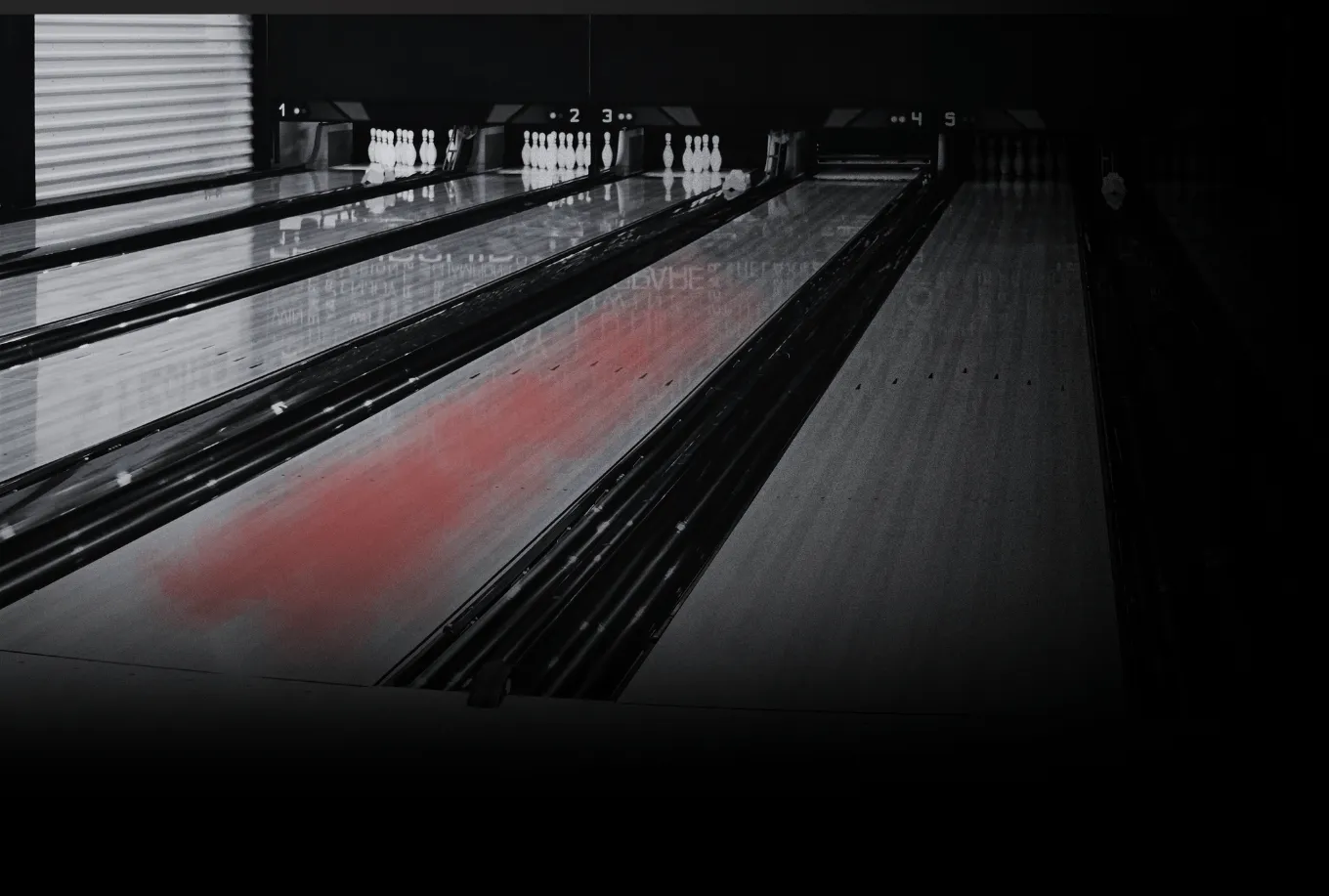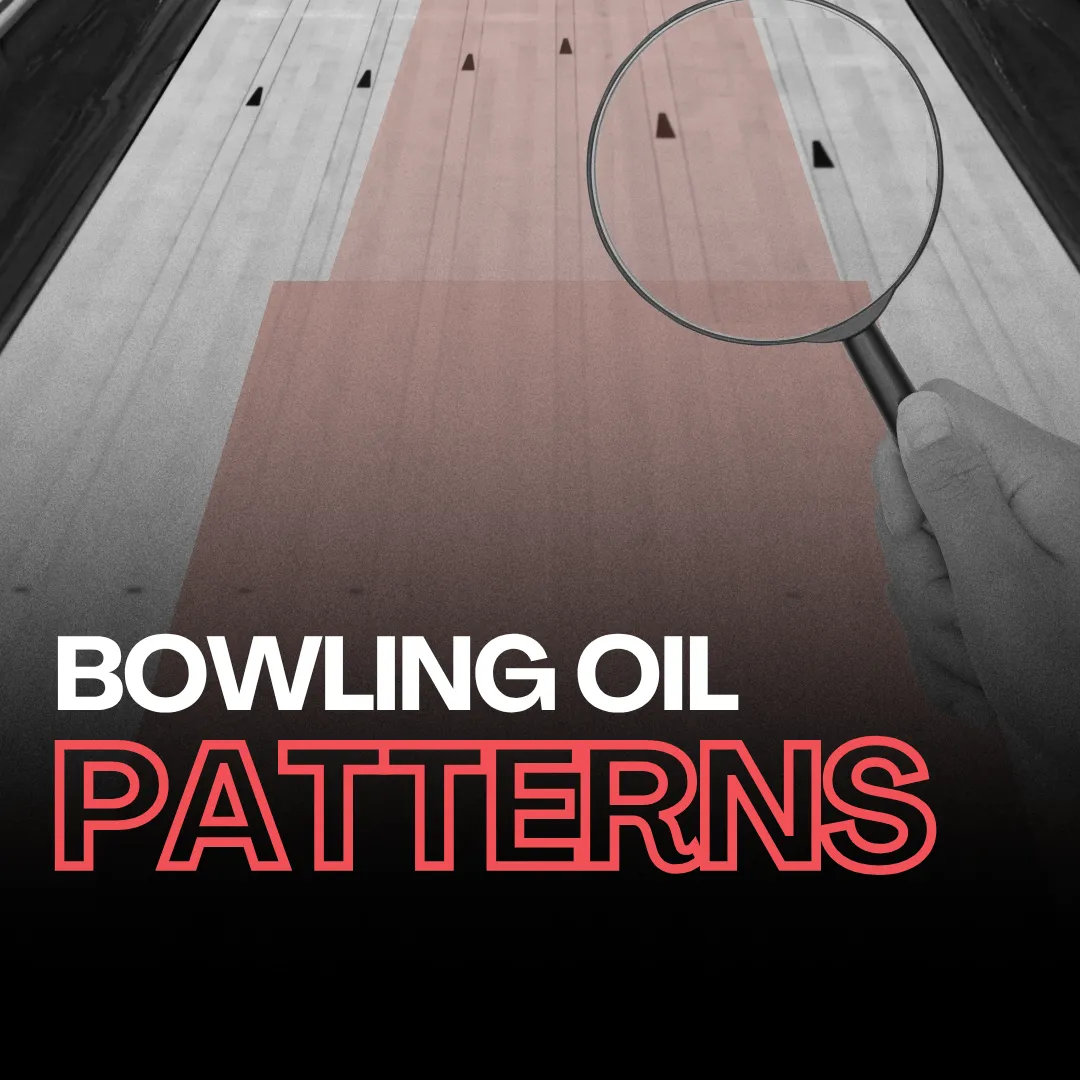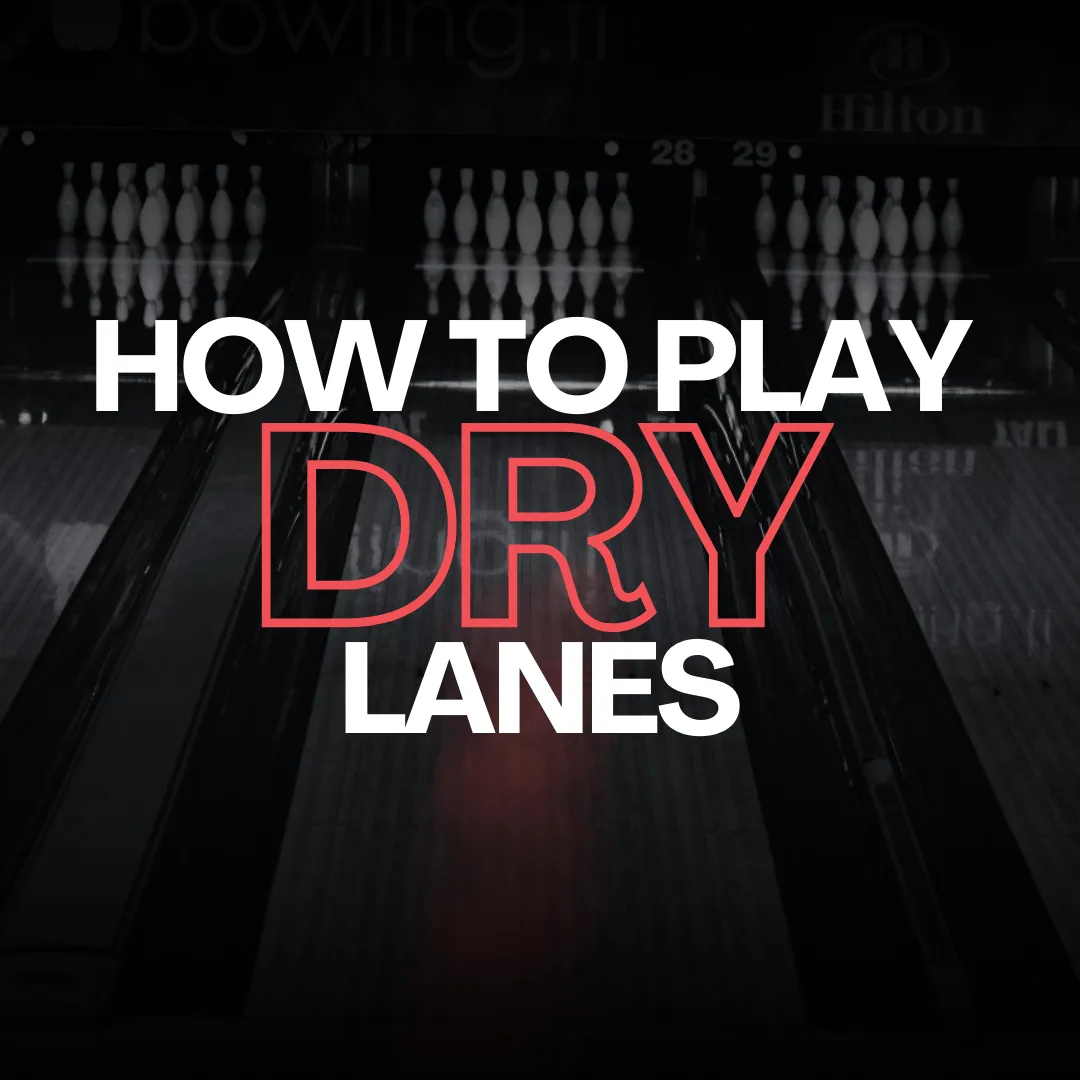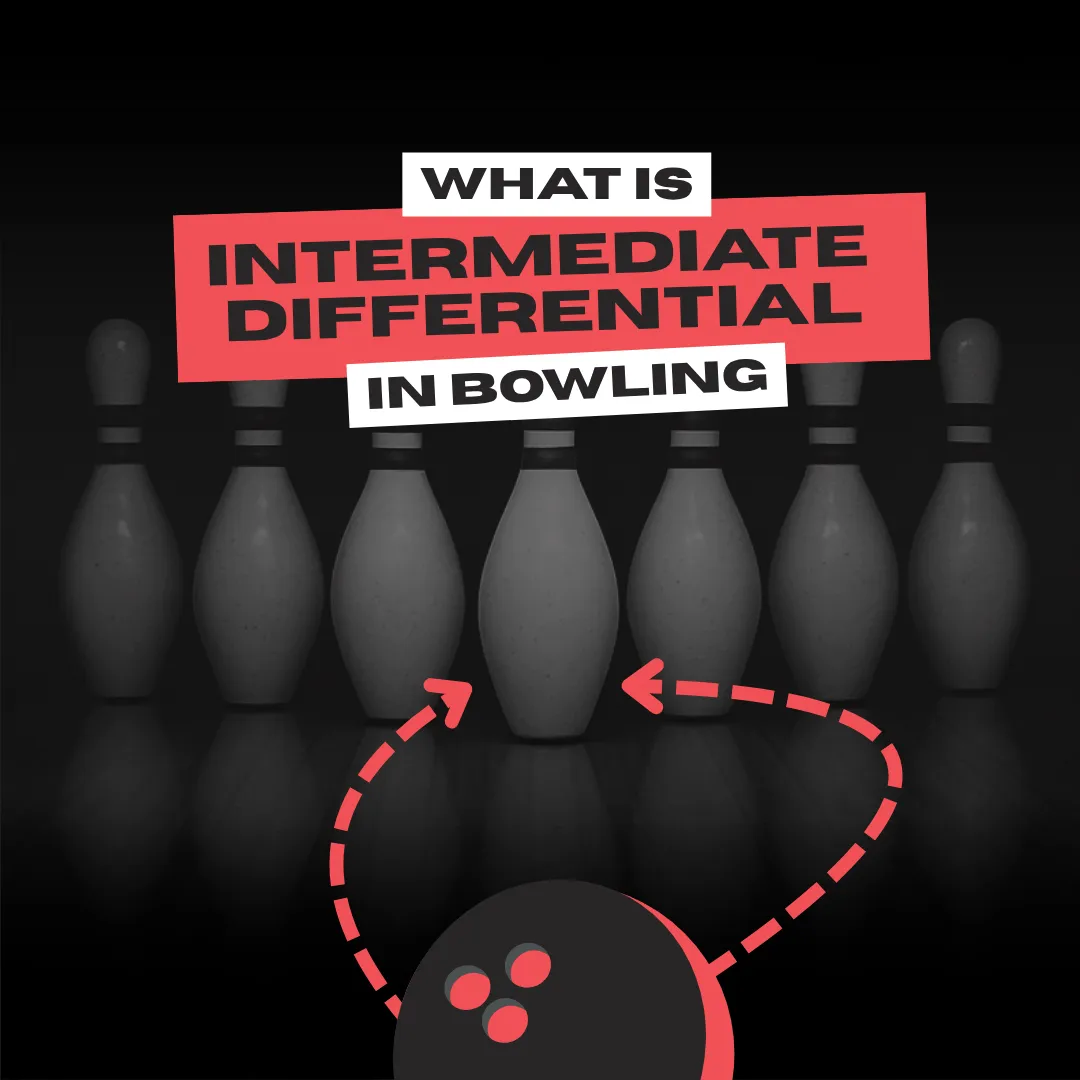Bowling on medium oil patterns can be one of the most challenging environments of the game. Unlike long or short oil patterns, medium oil patterns don’t have a defined hook spot or angle that works universally for all. The same pattern can be tackled in many different ways, which makes a consistent strategy elusive.
In this article, we will cover the following key aspects to help you bowl more effectively on medium oil patterns.
Understanding Medium Oil Patterns
Medium oil patterns typically range between 38 and 42 feet in length. While this might seem like a narrow range, the playing experience on medium patterns can vary significantly. This is because these patterns don’t adhere to a specific play area, leading to a dynamic and often unpredictable bowling environment.
Medium oil patterns present a unique set of challenges and opportunities. Unlike shorter or longer oil patterns, where bowlers might find more predictable zones to play, medium patterns require a keen sense of observation and flexibility. The variables are many: lane surface, oil volume, and even the bowling style of other players on the lane. All these factors can drastically affect how a medium oil pattern plays out during a session.
Key Characteristics of Medium Oil Patterns
- Versatility: Medium oil patterns can often be tackled more of as long or short oil pattern depending on the lane surface and oil volume. Paying extra attention in reading oil pattern sheet can be crucial.
- Fast Changes: Because bowlers often play in different parts of the lane, medium patterns are highly susceptible to rapid transitions.
- Observation Required: The varying conditions require keen observation and adaptability rather than sticking to a fixed strategy.
How to Play on Medium Oil Patterns?
1. Start with a Benchmark Ball
We suggest to begin with a benchmark ball to get an initial read on the lane conditions. During practice, try to throw your benchmark bowling ball in different parts of the lane:
- Up the gutter
- In the track area
- Left of the track area (or right if you’re a left-hander)
Observe how ball behaves in each area—whether it rolls out, hooks too much, or hits the pins effectively. This initial read is crucial for understanding the lane dynamics.
2. Stay Flexible and Adaptable
Medium oil patterns demand flexibility. Don’t get locked into one plan because it may not work as expected. Prepare a plan B (and even C) for your game, because most probably might need to switch between them, depending on how the lanes develop. Keeping an open mind and being ready to adjust is key to success.
3. Observe and Learn from Others
Keep an eye on both your performance and your opponents' game. If you’re struggling, watch other bowlers, especially those who are performing well. Observe their ball paths and how they adjust to the changing conditions. Emulating successful strategies can provide valuable insights and improve your game.
4. Be Aware of Rapid Lane Changes
Medium oil patterns can shift rapidly, sometimes within just a few throws. This happens because bowlers use different parts of the lane and various types of bowling balls, ranging from urethane to the most aggressive ones, which causes the oil to break down quickly. Stay alert and constantly watch the lane conditions to make timely adjustments.
5. Practice Patience and Persistence
Bowling on medium oil patterns can be frustrating due to their unpredictable nature. Patience and persistence are vital. Focus on making consistent shots and adjusting based on real-time observations. Do not panic, keep your nerves cold and pay extra attention in picking up spares.
Summary
Bowling on medium oil patterns, presents a unique challenge due to their variability. Instead of relying on a fixed strategy, success comes from keen observation, adaptability, and good game plan. Remember, patience and persistence are your best allies in mastering these challenging conditions.




